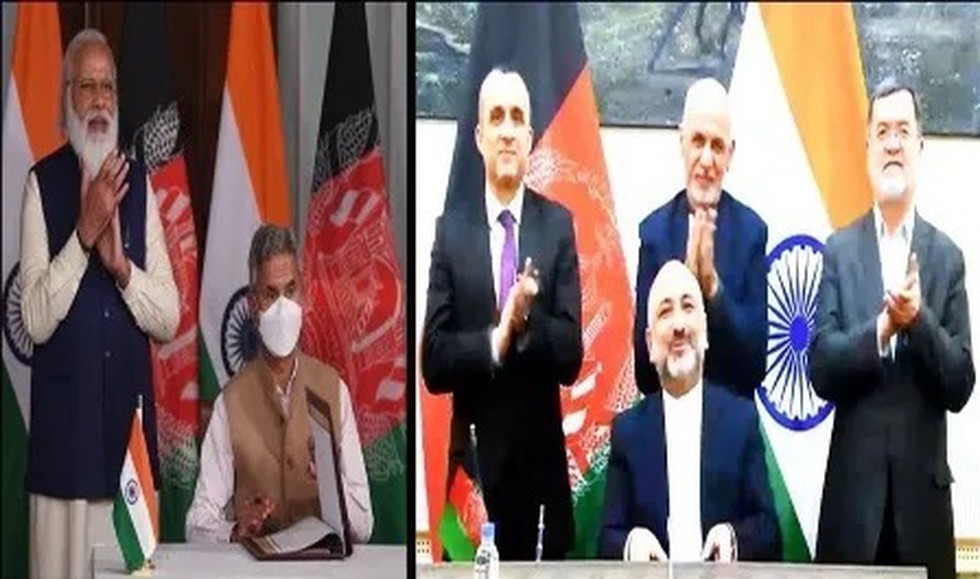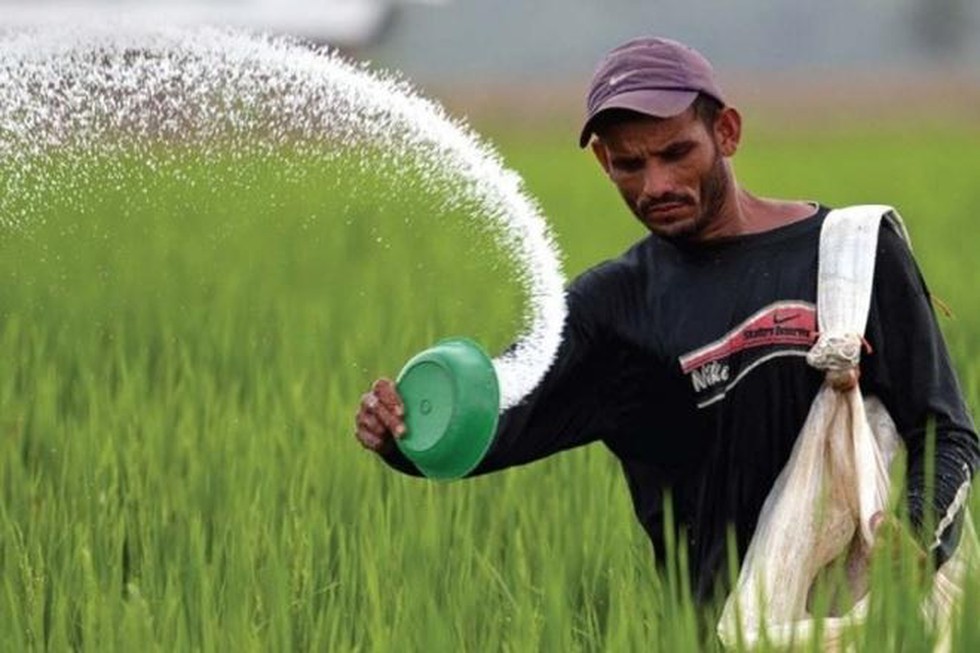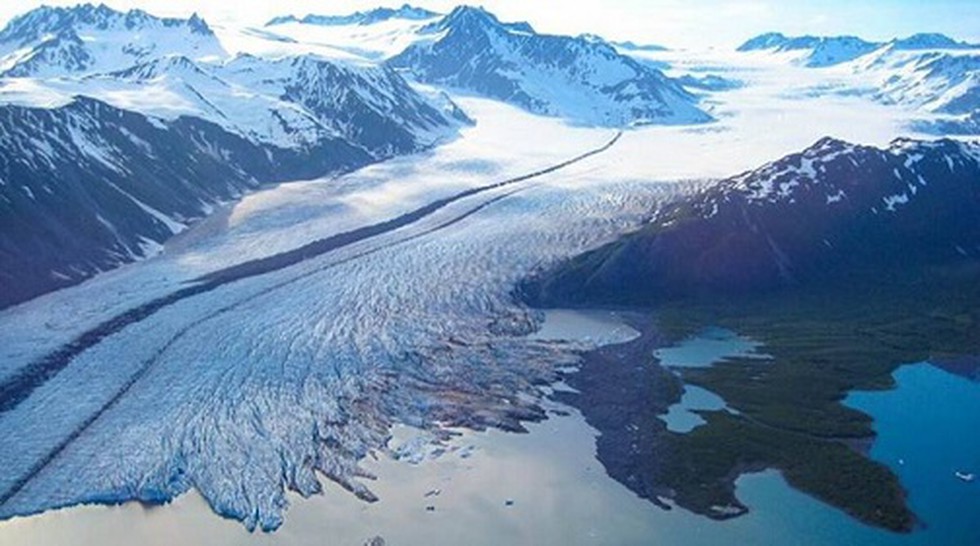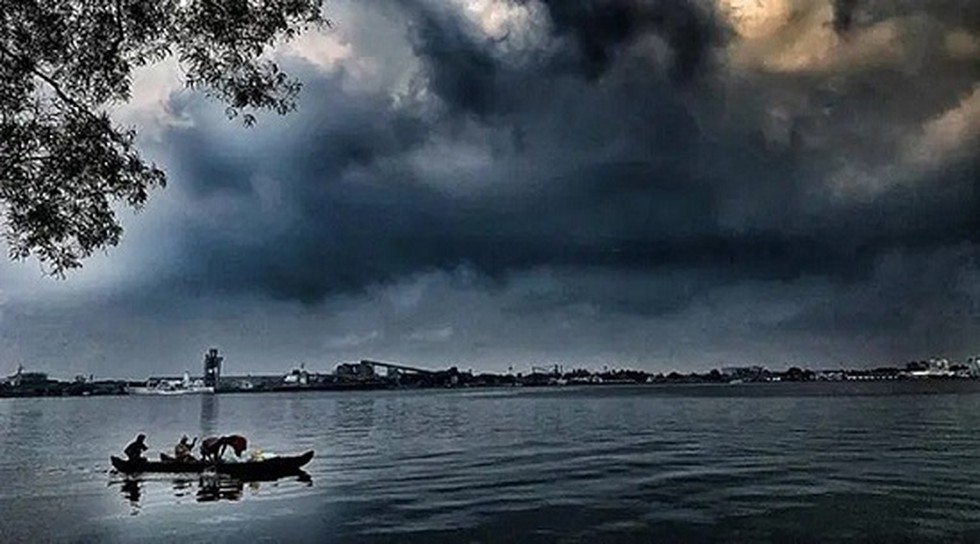LALANDAR [SHATOOT] DAM
A signing ceremony of the Memorandum of Understanding [MoU] for the construction of the Lalandar [Shatoot] Dam in Afghanistan took place over VTC on 9 February 2021.

About:
- The MoU was signed by EAM Dr. Jaishankar and Foreign Minister Mr. Hanif Atmar, in the presence of Prime Minister Shri Narendra Modi and President of Afghanistan H.E. Dr. Mohammad Ashraf Ghani.
- The project is a part of the New Development Partnership between India and Afghanistan.
- The Lalander [Shatoot] Dam would meet the safe drinking water needs of Kabul City, provide irrigation water to nearby areas, rehabilitate the existing irrigation and drainage network, aid in flood protection and management efforts in the area, and also provide electricity to the region.
- This is the second major dam being built by India in Afghanistan, after the India- Afghanistan Friendship Dam [Salma Dam], which was inaugurated by the Prime Minister and the President in June 2016.
EXCESSIVE USE OF FERTILIZER
Union Minister of Agriculture informed Lok Sabha about the Excessive Use of Fertilizer.

About:
- Investigations carried out under All India Coordinated Research Project on ‘Long Term Fertilizer Experiments’ over five decades at fixed sites have indicated that continuous use of nitrogenous fertilizer alone had deleterious effect on soil health and crop productivity showing deficiencies of other major and micro nutrients.
- The consumptions of chemical fertilizers in the country during 2017-18, 2018-19, 2019-20 and 2020-21 (upto kharif 2020) are 54.38, 56.21, 59.88 and 33.85 million tonnes of fertilizer products (Urea, Di-Ammonium Phosphate (DAP), Murate of Potash (MOP), Complexes and Single Super Phosphate (SSP), respectively.
INCREASING GLACIAL LAKES
Recent flash flood incident in Uttarakhand is another warning of the dangers that a Himalayan state like Uttarakhand faces from natural processes like landslides, snow avalanches cloudbursts or lake bursts.

About:
- Glaciers are the largest source of freshwater outside of the polar regions. Glaciers and snow melt in the Himalayan ecosystem are the source of water for several rivers across the subcontinent, and are responsible for maintaining the perennial supply of water in the river systems like the Indus, Ganges, and Brahmaputra to over a billion people.
- But these glaciers have reduced considerably in mass and surface area since the little ice age period.
- Some models predict that an increase in global temperatures by 2°C from 1850 by 2070 would result in 45% of the medium and large glaciers (10 sq km or more) disappearing completely. Nearly 70% smaller glaciers are likely to melt away
- Shrinking glaciers have led to the formation of a large number of glacial lakes all across the Himalayas. Many of these high-altitude lakes are potentially dangerous, because of their potential to cause flash floods in the event of a breach.
- A 2005 study by Kathmandu-based ICIMOD (International Centre for Integrated Mountain Development) had listed 127 such lakes in Uttarakhand. More recent studies put the number of such lakes in the state at around 400\
PRE AND POST MATRIC SCHOLARSHIP SCHEMES
Department of Social Justice & Empowerment informed Lok Sabha about the Modifications in Pre and Post Matric Scholarship Schemes.

The scheme wise important changes introduced are as follows:
- Pre-Matric Scholarship for SC students:
- The funding pattern under the scheme was revised from the concept of committed liability to a fixed sharing pattern of 60:40 between Centre and the States (90:10 in case of North Eastern States) or Notional Allocation whichever is lower.
- The Annual Family Income limit was increased from Rs. 2.00 lakh to Rs 2.5 lakh in 2018 and rates of maintenance allowances were also increased.
- The funding pattern under the scheme was revised from the concept of committed liability to a fixed sharing pattern of 60:40 between Centre and the States (90:10 in case of North Eastern States) or Notional Allocation whichever is lower.
- Post-Matric Scholarship for Scheduled Castes (SC) students: During the year 2020-21, the Union Cabinet has approved the revision and continuation of the scheme from the year 2020-21 to 2025-26 which includes, inter-alia, revision of funding pattern to a sharing ratio of 60:40 between the Centre and the States (90:10 in case of NE States)
- Pre-Matric Scholarship for Other Backward Classes (OBCs) and Post Matric Scholarship for OBCs: The income limit has been changed under Pre Matric Scholarship of OBC and Post Matric Scholarship for OBCs as per details given below:
- Pre-Matric Scholarship for OBC: increased from Rs.1.00 lakh to Rs. 2.50lakh per annum.
- Post Matric Scholarship for OBC: increased from Rs.1.50 lakh to Rs.2.50lakh per annum.
ROAD ACCIDENTS
Union Minister for Road Transport has called for all-round efforts by all stakeholders to ensure that deaths due to road accidents are reduced by 50% by 2025.

About:
- Terming the situation as alarming, the Minister said India stands at number one position in road accidents in the world, ahead of US and China.
- Some 1.5 lakh people die, and more than 4.5 lakh people are injured in road accidents every year in the country – 415 deaths per day in road accidents.
- 14 per cent of national GDP is the socio-economic loss from these accidents, and 70% of the deaths are in the age group of 18 to 45 years old.
NATIONAL MONSOON MISSION
Minister of Earth Science informed Rajya Sabha about National Monsoon Mission.

About:
- Under the Monsoon Mission, Ministry has developed the state-of-the-art weather and climate prediction models, which are now in operational use.
- These models include models for short range to medium range (1-10 days), extended range (10days to 30 days) and seasonal (up to one season).
Following are the targets of Monsoon Mission:
- Development of a seamless prediction system using monsoon mission model, on different time scales, like Seasonal (for whole Monsoon season), Extended range (up-to 4 weeks), Short range prediction (up-to 5days).
- Initiate and coordinate working partnership between Indian and foreign institutes to develop a system for prediction of extremes and climate applications
- Develop and implement system for climate applications having social impacts (such as agriculture, flood forecast, extreme events forecast, wind energy, etc.)
- Advanced data assimilation system for preparing high quality data for model predictions.
NATIONAL RESEARCH CENTRE FOR MAKHANA
Union Minister of Agriculture informed Lok Sabha about National Research Centre for Makhana.

About:
- ICAR-National Research Centre (NRC) for Makhana, Darbhanga (Bihar) was sanctioned by the Department of Agricultural Research & Education, Govt. of India, as a new scheme during the IX Five Year Plan period (1997–2002) for Conservation, Research & Development of the Makhana crop.
- However during Xth plan period (2002-2007), the NRC for Makhana was merged and brought under the administrative control of ICAR-Research Complex for Eastern Region (RCER), Patna, without changing the mandate.
- Darbhanga in particular and Mithila in general is major Makhana producing region in the country.
LITHIUM
Atomic Minerals Directorate issues a clarification on media reports about Lithium Reserves in Karnataka.

About:
- Atomic Minerals Directorate for Exploration and Research (AMD), a constituent unit of Department of Atomic Energy and Geological Survey of India are two agencies which are involved in mineral exploration.
- Lithium is a key element for new technologies and finds its use in ceramics, glass, telecommunication and aerospace industries.
- The thermonuclear application makes Lithium as “Prescribed substance” under the Atomic Energy Act, 1962 which permits AMD for exploration of Lithium in various geological domains of the country.
- Recently, news items on Lithium exploration and resource of Allapatna – Marlagalla sector in Srirangapatna Taluk, Mandya district, Karnataka have been published in various media.
- Reports have been circulated in some media, wherein the estimates of lithium metal have been quoted to be as high as 14,100 tonnes in a small patch of surveyed area in Mandya district of Southern Karnataka.
- AMD would like to clarify that exploration efforts have so far established ~1600 tonnes lithium in inferred category (low level of confidence) in Allapatna – Marlagalla sector in Srirangapatna taluk, Mandya district, Karnataka.
NATIONAL AYUSH MISSION (NAM)
Central Government is implementing Centrally Sponsored Scheme of National AYUSH Mission (NAM) through States/UTs for development and promotion of AYUSH systems of medicine including Ayurvedic system.

About:
The Mission inter-alia makes following provisions for promotion of AYUSH systems including Ayurvedic system:
- Co-location of AYUSH facilities at Primary Health Centers (PHCs), Community Health Centers (CHCs) and Districts Hospitals (DHs).
- Up gradation of exclusive State Government AYUSH Hospitals and Dispensaries.
- Setting up of upto 50 bedded integrated AYUSH Hospital.
- Upgradation of State Government Under-Graduate and Post-Graduate Educational Institutions.
- Setting up of new State Government AYUSH Educational Institutions in the States where it is not available in Government Sector.
- Strengthening of State Government/State Government Co-operatives/Public Sector Undertakings for manufacturing of quality medicines in AYUSH Systems.
- Strengthening of State Drug Testing Laboratories for ASU &H Drugs for stringent quality control.
- Support for cultivation of Medicinal Plant including processing and post-harvest management to ensure supply of quality raw material for AYUSH medicine and other products.
Comments
Post a Comment